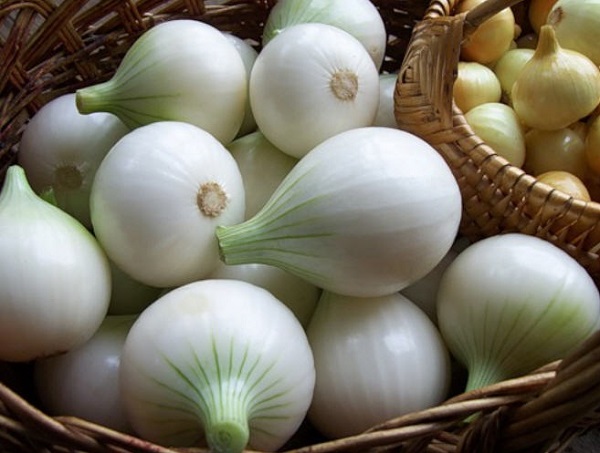White onions - the oldest garden crop, which came to us from Asia, a close relative of the familiar bulb. This is not only a bright seasoning that improves the taste of traditional dishes, but also a wholesome vegetable that can saturate the human body with useful vitamins and trace elements.
Table of contents
Description and characteristics
In the wild, there are more than 300 varieties of onions. As garden crops, humanity cultivates only 7 species.The white appearance is an invaluable storehouse of vitamins, macro and microelements.
From a scientific point of view, white, purple and yellow onions - they all belong to the same species. This is one of the most common vegetable crops cultivated by humanity for over 5000 years. The white vegetable has large, smooth onions, although it is stored worse than the usual, yellow.
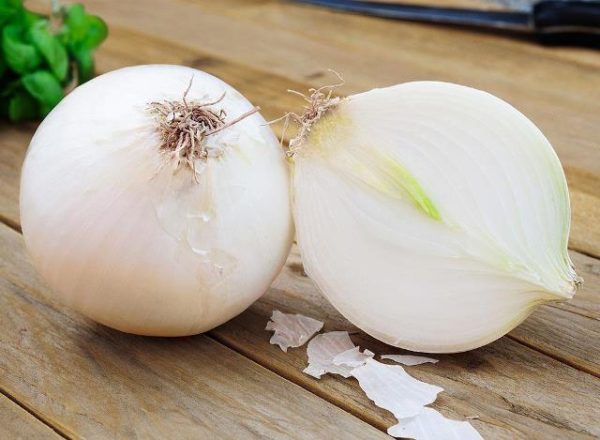
The difference of white onions from the usual
What is the difference between these close relatives? The white onion is usually larger than yellow. In addition to the color of the husk - in white it is somewhat like a clean sheet of paper, the vegetables are different in taste and smell.
There are other differences on the white onions:
- a greater amount of iron salts;
- higher content of vitamins, essential oils;
- higher content of natural sugars and mineral salts;
- significantly less (compared with bulb) shelf life.
There are functional differences - a white vegetable is more often used fresh, for making salads, while onions are universal.A native of Asia, he is very popular in Latin America, Spain. In hot countries, it is often used as a salad. North (for example, in France) - the famous onion soup is made from it.
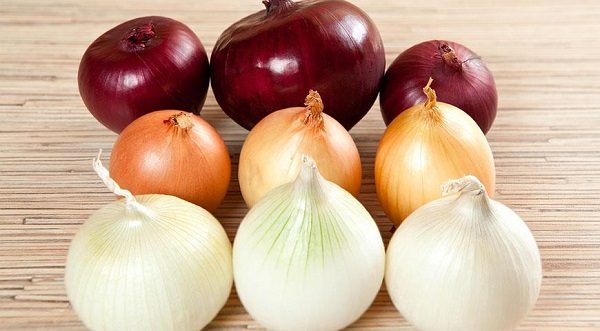
The composition and properties of white onions
White onions contain vitamin C, vitamin E, vitamin H (biotin), vitamin PP (nicotinic acid), and numerous B vitamins. The trace elements include calcium, magnesium, manganese, iron, phosphorus, zinc, and potassium. Do not forget about essential oils (phytoncides).
It is a valuable source of iron needed by the human body for the synthesis of hemoglobin. Iron salts promote recovery from anemia. This is especially important in the current flourishing of vegetarian culture, which has led to a reduction in the consumption of meat products by many young people.
Zinc contributes to the development of sex hormones, as well as the hormone insulin. A significant amount of keratin, contributing to the beauty and health of hair, nails, is contained in green feathers.
Useful properties and contraindications
Onion is a natural antiseptic, this medicine has been known since the time of Hippocrates. Phytoncides contained in the plant have a direct effect on a number of bacteria and pathogens.
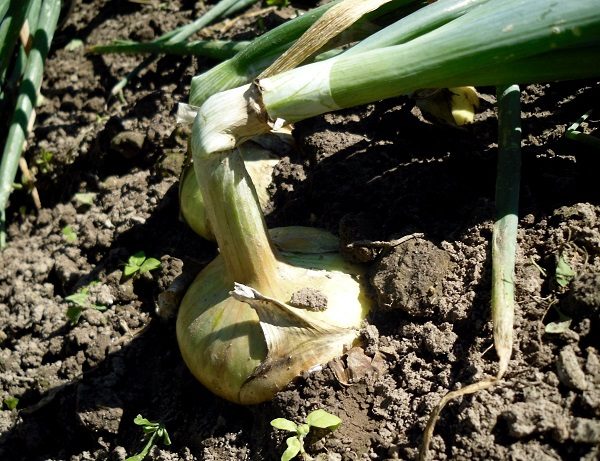
Due to the pronounced antibacterial effect, it can additionally be used as a folk remedy in the treatment of stomatitis, tonsillitis, acute respiratory diseases. For the prevention of infections of the upper respiratory tract, doctors recommend systematically inhaling the smell of fresh chopped vegetables (in the autumn-spring period).
Up to 1.5 years, children are not recommended to give raw onions. At all poles, it can burn the tender mucous membranes of the digestive organs of the child. From the age of 1 year, it is applicable in the children's menu, in a thermally processed form - as part of vegetable purees, or soups.
Doctors try to limit the consumption of white onions only in extreme cases:
- in diseases of the nervous system (sleep disturbance, excitability);
- with migraine;
- with severe symptoms of hypertension.
It is desirable to completely eliminate the vegetable from the diet of patients with flatulence, because this vegetable stimulates the formation of gases in the intestines. Do not eat people with increased weight. White vegetable stimulates the secretion of gastric juice, increases appetite. The aroma of the vegetable improves the attractiveness of dishes, and as a result you can eat much more than a standard portion.
Use in traditional medicine
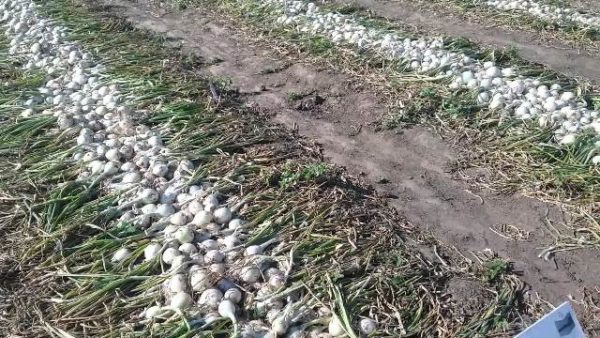
Since ancient times, the vegetable was considered a healing plant. The ancient Egyptians even wore it around their necks, as an amulet. Roman gladiators ate it before the battle, so that more strength arrived. It is believed that a useful vegetable can relieve acne, dandruff, rheumatic pain in the joints.
In folk cosmetic and medicinal recipes, the vegetable is present as an antiseptic component. Onion gruel with linden honey (in equal proportions) traditional healers used as a tonic mask for the face, whitening age pigment spots, significantly reducing the appearance of acne.
Crushed onion was used to treat burns, complex infected wounds. And now this knowledge can be used to alleviate the patient's condition in non-standard situations, before first aid.
Cooking Recipes
Onions are constantly present in our menu. A variety of soups, meat, fish and vegetable dishes - all these dishes traditionally complements the fresh onion, enriching their taste.
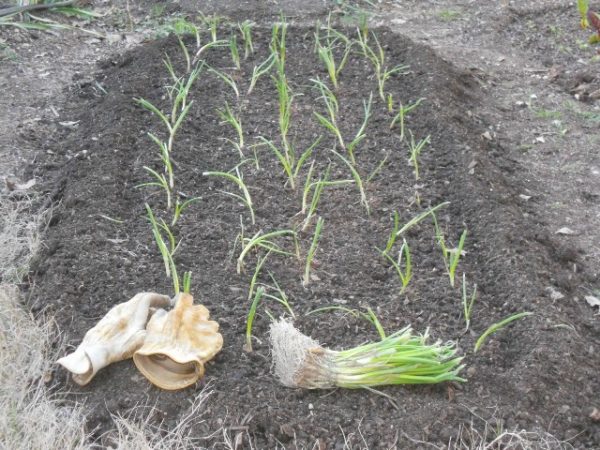
From a medical and culinary point of view, onions are best used in food with fats. Fats allow you to dissolve and absorb nutrients. The sauce for it can serve as sour cream, olive oil, or sunflower oil. Fats soften the taste of the dish, and reduce the aggressive effect of the vegetable on the mucous membrane.
For a healthy person, it will help to adapt the body for an exotic trip. The day before her, and then on her return, it is worth eating a slice of onion with bread. It activates the immune system, the body is easier to cope with the flight, contrasting changes in climatic conditions.
